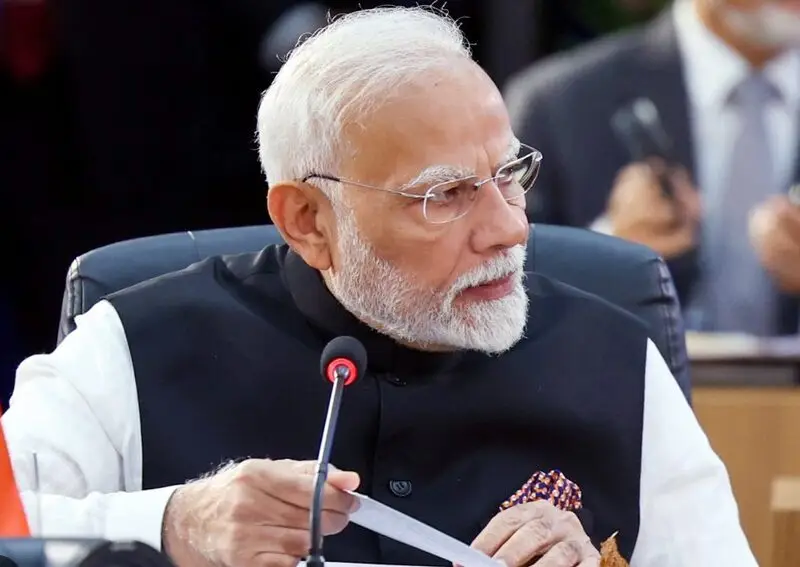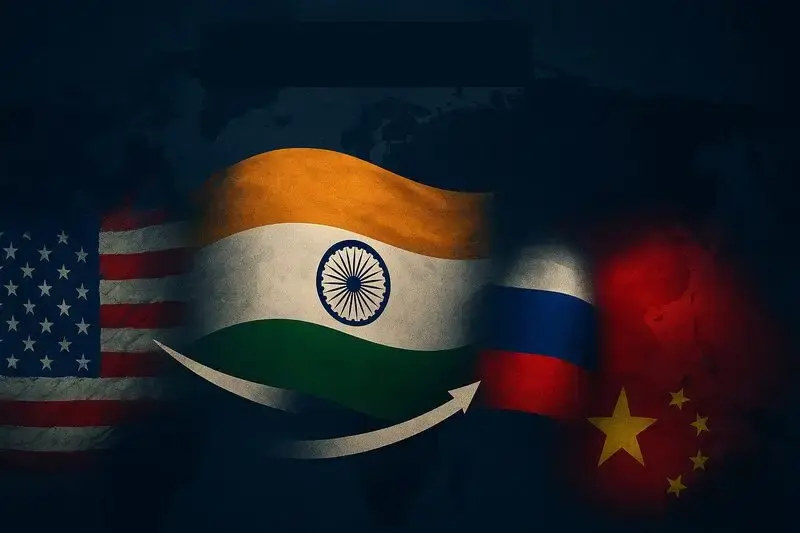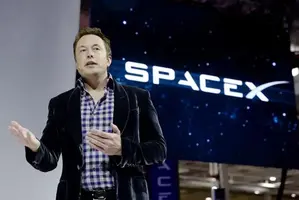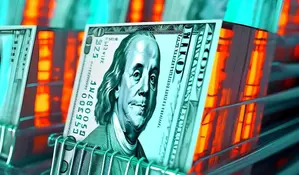Relations between India and the US are collapsing right now under President Trump’s tariff policies, and it’s forcing New Delhi toward Moscow and Beijing in ways that seemed unthinkable just months ago. The 50 percent tariffs—the highest imposed on any country globally—have essentially shattered the strategic partnership that was built over decades between India and the US. This dramatic shift is reshaping how India engages with Russia, fundamentally altering trade patterns with Russia, and also dominating headlines about India and China as Modi recalibrates India’s entire foreign policy approach.
Also Read: BRICS-Backed Bank to Issue India’s First Rupee Bond by March 2026
India-US Relations Shift Signals Strategic Moves With Russia And China

India-US News: Trump’s Tariffs Destroy Strategic Partnership
For four consecutive years, the United States served as India’s largest trading partner and also its biggest export market. India maintained a rare trade surplus with America while keeping its agriculture and dairy markets closed to US products, which is pretty unusual among major economies. Trump’s October 2025 tariffs, which included a 25 percent penalty specifically for buying Russian oil, ended this arrangement almost overnight. Trade negotiations between India and the US have been completely halted, with no signs of resuming anytime soon.
The collapse has been swift and, frankly, brutal for the relationship between India and the US. Modi’s refusal to give Trump credit for the India-Pakistan ceasefire that happened in May, along with his unwillingness to open up Indian markets to American agricultural products, seems to have been the final straw that broke the partnership.
Russia Offers Economic Alternative
Russian President Vladimir Putin positioned Moscow as India’s alternative partner at the October 2, 2025 Valdai discussion forum in Sochi, and he didn’t hold back in his praise for Modi. Putin stated:
“The losses faced by India due to punitive US tariffs would be balanced by crude imports from Russia, plus it will gain prestige as a sovereign nation.”
Putin has ordered his government to come up with concrete measures to address trade imbalances by importing more agricultural products and medicines from India. The relationship between India and Russia is being leveraged as a direct counter to the deteriorating ties with Washington. Putin praised Modi’s independence and also said:
“If India refuses our energy supplies, it will suffer a certain loss… the people of a country like India will closely monitor the decisions made by the political leadership and will never allow any humiliation in front of anyone. And then, I know Prime Minister Modi; he himself would never take any step of this kind.”
Putin’s scheduled December 2025 visit to India will formalize expanded economic arrangements between the two nations, fundamentally changing trade flows between India and Russia beyond just energy transactions. At the time of writing, Moscow is positioning itself as the reliable partner that Washington has failed to be for India.
China Engagement Accelerates After Five-Year Freeze
Direct flights between India and China are resuming on October 26, 2025, ending a freeze that lasted more than five years. IndiGo, India’s largest carrier, announced daily flights between Kolkata and Guangzhou, and the Guangzhou Baiyun International Airport confirmed plans to expand routes including Delhi connections as well.
Modi visited China in August 2025 for the first time in seven years to attend the Shanghai Cooperation Organisation summit. Modi and Chinese President Xi Jinping agreed to view India and China as “development partners, not rivals,” despite India’s $99.2 billion trade deficit with China. This dramatic reversal shows how India now approaches both China and its relationship with the US, which Modi had specifically built around containing Chinese influence in the Indo-Pacific.
Strategic Reversal Raises Questions
This pivoting policy onto Russia and China is in contrast to India sabotaging non-Western alliances to suit Washington and its interests over the years. India watered down the Shanghai Cooperation Organization in its 2023 chairmanship, as she made the summit a virtual one, and then Modi did not attend the 2024 summit at all. India went against the trend when SCO made a statement criticizing US and Israeli moves towards Iran, thus siding with Israel, and this move delighted Washington, but never sat well with Russia and China.
The parallel change in the way India interacts with both Russia and the US is indicative of the fact that the Trump administration has determined that America is not as dependent on India as India is on America, and it is this that has shoved the whole strategic calculus that New Delhi had been working under over the years. It is not evident whether it is a long-thought-out plan or a simple reaction to the aggressive tariff strategies of Trump, with relations between India and the US getting worse and negotiation processes being in a standstill.
Next Few Months for India-US Relations: A Deciding factor
The diplomatic communities are now posing the question on whether Russia and China are capable of doing what Washington has done to India: transfer technologies, investment flows and access to high-tech defence systems. It is the next few months that will determine whether renewed Eastern partnerships are really something authentic or a brief stop against Trump trade war policies.
Also Read: India Skips Dollar Purchases For the First Time in a Decade
The ambitious target of India of becoming a developed nation by 2047 now hinges on how Moscow and Beijing will be able to bridge the gigantic hole the collapsing partnership with Washington created. This is not just trade between India and Russia or reopened flights between India and China but it is a fundamental realignment that will forever change the entire balance in the Indo-Pacific.






